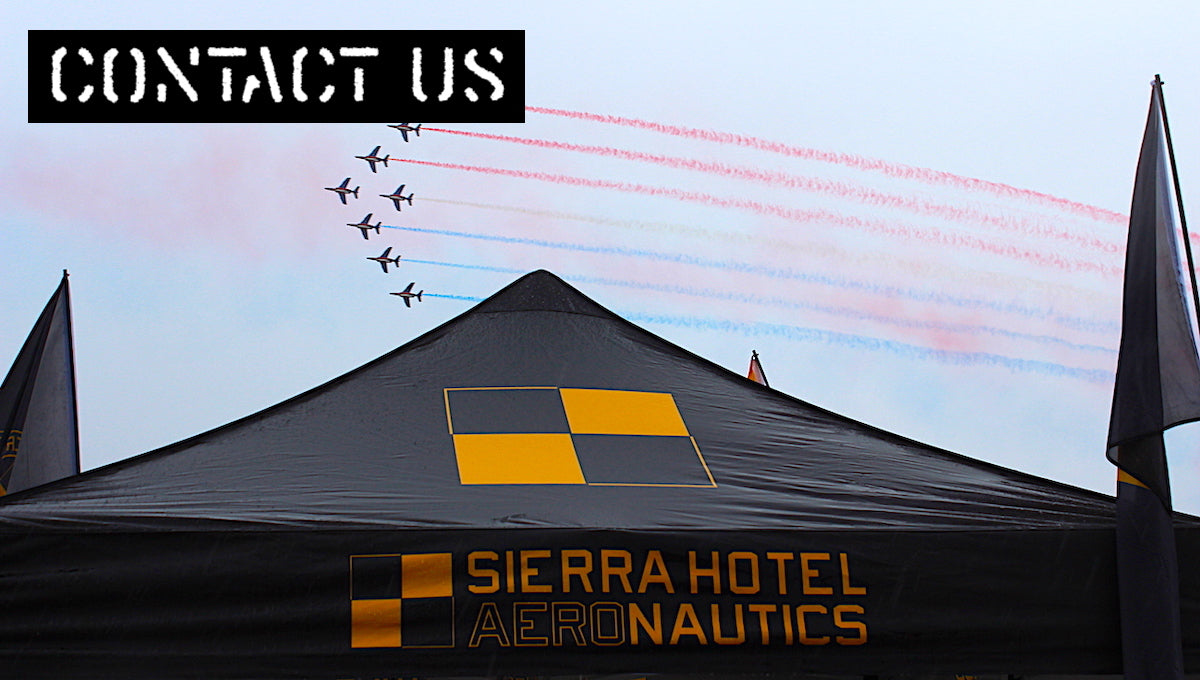The Tenerife Airport Disaster

March 27th, 1977; a KLM Boeing 747 commenced its take off roll at Los Rodeos Airport, Tenerife, Canary Islands without proper clearance from the airport's air traffic controllers, and collided with "Clipper Victor" Pan Am 747 before she was able to clear the runway.
.
Immediately after lining up with the runway, the KLM pilot advanced the throttles and the aircraft started to move forward. The co-pilot advised the captain that ATC clearance had not yet been given, and Captain Veldhuyzen van Zanten responded, "I know that. Go ahead, ask." Meurs then radioed the tower that they were "ready for takeoff" and "waiting for our ATC clearance". The KLM crew then received instructions which specified the route that the aircraft was to follow after takeoff. The instructions used the word "takeoff," but did not include an explicit statement that they were cleared for takeoff.
.
Meurs read the flight clearance back to the controller, completing the readback with the statement: "We are now at takeoff." Captain Veldhuyzen van Zanten interrupted the co-pilot's read-back with the comment, "We're going."
.
The controller, who could not see the runway due to the fog, initially responded with "OK" (terminology which is nonstandard), which reinforced the KLM captain's misinterpretation that they had takeoff clearance. The controller's response of "OK" to the co-pilot's nonstandard statement that they were "now at takeoff" was likely due to his misinterpretation that they were in takeoff position and ready to begin the roll when takeoff clearance was received, but not in the process of taking off. The controller then immediately added "stand by for takeoff, I will call you," indicating that he had not intended the clearance to be interpreted as a takeoff clearance.
.
A simultaneous radio call from the Pan Am crew caused mutual interference on the radio frequency, which was audible in the KLM cockpit as a three-second-long whistling sound (or heterodyne). This caused the KLM crew to miss the crucial latter portion of the tower's response. The Pan Am crew's transmission was "We're still taxiing down the runway, the Clipper 1736!". This message was also blocked by the interference and inaudible to the KLM crew. Either message, if heard in the KLM cockpit, would have alerted the crew to the situation and given them time to abort the takeoff attempt.
.
Due to the fog, neither crew was able to see the other plane on the runway ahead of them. In addition, neither of the aircraft could be seen from the control tower, and the airport was not equipped with ground radar.
.
After the KLM plane had started its takeoff roll, the tower instructed the Pan Am crew to "report when runway clear." The Pan Am crew replied: "OK, we'll report when we're clear." On hearing this, the KLM flight engineer expressed his concern about the Pan Am not being clear of the runway by asking the pilots in his own cockpit, "Is he not clear, that Pan American?" Veldhuyzen van Zanten emphatically replied "Oh, yes" and continued with the takeoff.
.
Moments later, the Pan Am crew spotted the KLM's landing lights through the fog. When it became clear that the KLM was approaching at takeoff speed, Grubbs exclaimed, "Goddamn, that son-of-a-bitch is coming straight at us!" while the co-pilot Robert Bragg yelled, "Get off! Get off! Get off!". The Pan Am crew applied full power to the throttles and took a sharp left turn towards the grass in an attempt to avoid a collision. By the time the KLM pilots saw the Pan Am, they were already traveling too fast to stop. In desperation the pilots prematurely rotated the aircraft and attempted to clear the Pan Am by climbing away.
.
The KLM was within 330 ft of the Pan Am when it left the ground. Its nose gear cleared the Pan Am, but the engines, lower fuselage and main landing gear struck the upper right side of the Pan Am's fuselage at approximately 140 knots.
.

.
Both airplanes were destroyed. All 234 passengers and 14 crew members in the KLM plane died, as did 326 passengers and nine crew members aboard the Pan Am, primarily due to the fire and explosions resulting from the fuel spilled and ignited in the impact. The other 54 passengers and seven crew members aboard the Pan Am aircraft survived, including the captain, first officer and flight engineer.
.













Leave a comment